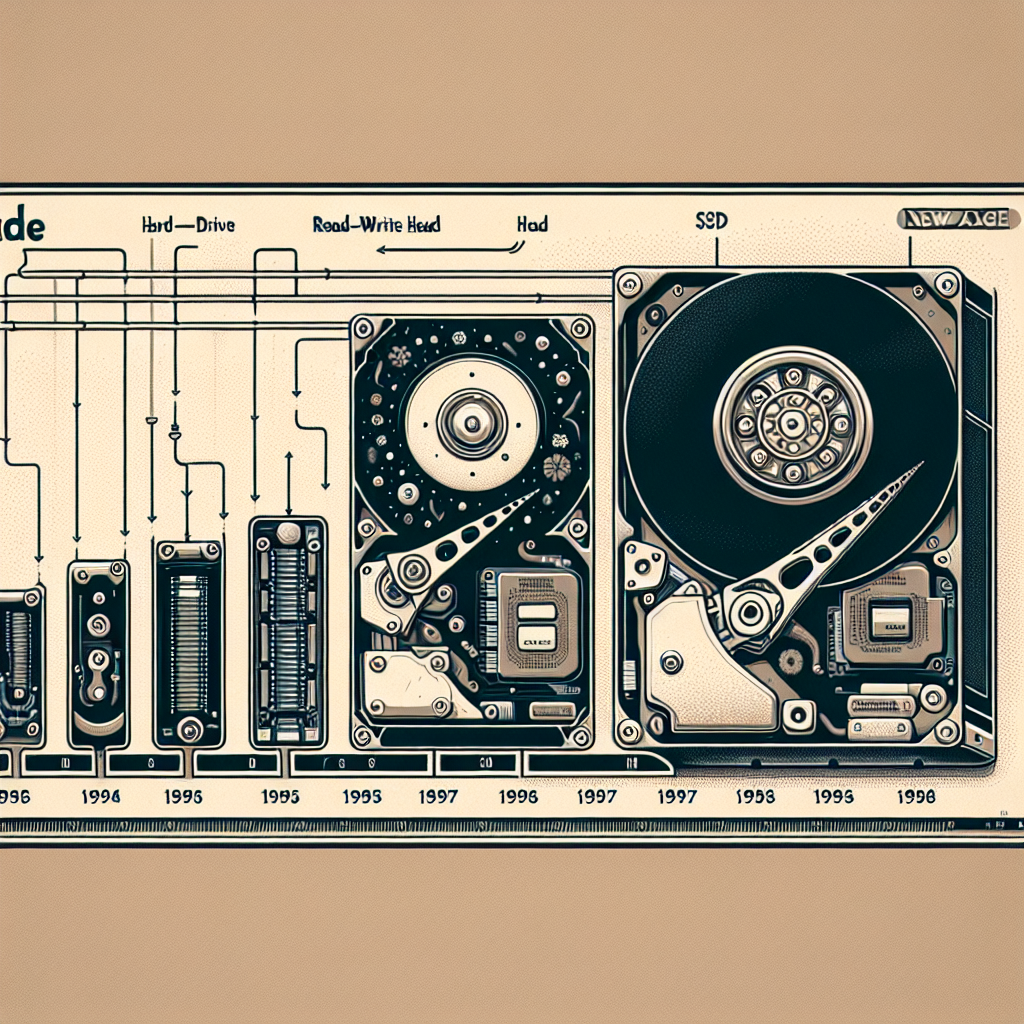Your cart is currently empty!
The Evolution of Read-Write Heads in Hard Drives and Solid State Drives

Over the past few decades, the evolution of read-write heads in hard drives and solid-state drives (SSDs) has played a crucial role in the advancement of data storage technology. From the early days of magnetic recording to the modern era of flash memory, engineers have continually improved the performance and reliability of read-write heads to keep up with the growing demand for faster and more efficient storage solutions.
In the early days of hard drives, read-write heads were composed of a thin layer of magnetic material that could detect and write data to the spinning platters inside the drive. These heads were relatively large and bulky, limiting the amount of data that could be stored on a single drive. As technology advanced, engineers were able to shrink the size of these heads, allowing for higher data densities and increased storage capacities.
One of the key advancements in read-write head technology came with the introduction of thin-film heads in the 1980s. These heads were made from a thin layer of magnetic material deposited on a non-magnetic substrate, allowing for greater precision and improved performance. Thin-film heads also helped reduce the size of the heads, enabling even higher data densities and faster access times.
In the 1990s, the introduction of giant magnetoresistive (GMR) heads revolutionized read-write head technology. GMR heads were able to detect smaller magnetic fields than previous technologies, leading to higher data densities and improved data reliability. This breakthrough allowed for the development of smaller and more efficient hard drives that could store even more data in a smaller physical footprint.
With the rise of SSDs in recent years, the need for read-write heads has shifted to a different type of technology. Instead of using magnetic materials to read and write data, SSDs use flash memory chips to store information. This eliminates the need for moving parts, making SSDs faster, more reliable, and more energy-efficient than traditional hard drives.
Despite the differences in technology, the evolution of read-write heads in hard drives and SSDs has been driven by the same goal: to increase storage capacity, improve performance, and enhance data reliability. As data storage needs continue to grow, engineers will continue to push the boundaries of read-write head technology to meet the demands of an increasingly digital world.

Leave a Reply